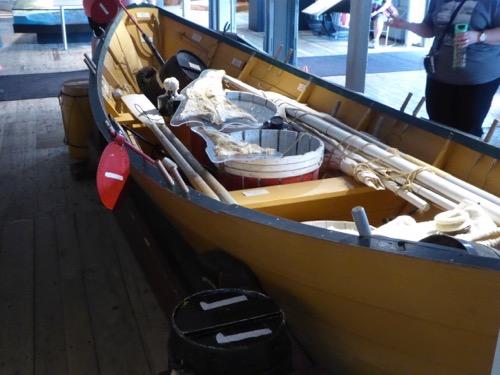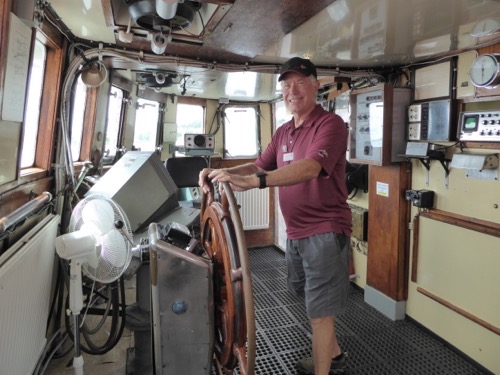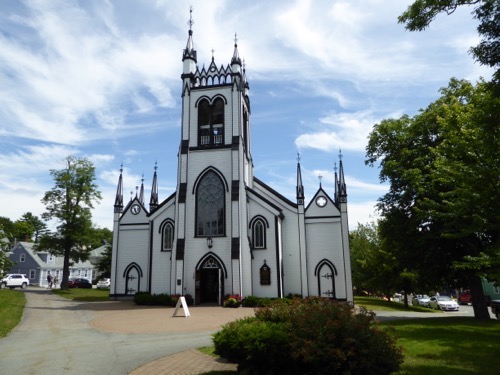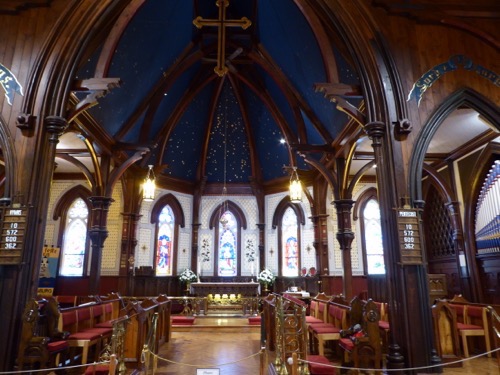The oceans around the Maritime Provinces used to be teaming with cod. The continental shelf is the widest of any continent and has shallow water (if you call 200-250 ft. shallow) but it makes for a good fishing area. The Grand Banks of Newfoundland have some of the best fishing. Cod is not as plentiful these days as it was in the early part of the 1900’s but they are working to bring those number back up.
Three currents make this area great for fishing. The Labrador current brings cold water plankton down from the north, it mixes with the warm currents from the St. Lawrence river and the Gulf Stream in the Atlantic sweeps all the way up her bringing more food and fish.
Line fishing was the preferred method to catch cod in 1938. Lines up to 2 miles long filled with hooks would be dropped into the water with weights to pull them to the bottom then 3-4 times a day the dories of fishermen would go out, haul them up, remove the fish, rebait and drop it down again in some of the most horrible, cold conditions you can imagine. In 1962 the schooners were put ashore and steam ships with iron hulls and nets became the way to fish.
Because cod is not so plentiful, lobster and scallops is the industry today with cod imported from those who fish beyond the international waters.
Sable Island is a large sand bar off shore from Nova Scotia. It is called the Graveyard of the Atlantic due to the hundreds of ships hitting the sand and sinking. The winds on Sable are 18 mph or more all the time, the island is low and before technology ships could loose their way or be pushed by storms into the reefs. In 1927 over 12 ships were sunk in August of that year.
We enjoyed walking around Lunenburg, visiting a church that burned in 2001 and has been reconstructed to look exactly like it did before the fire. We also drove over to Mahone, another cute little harbor village.






No comments:
Post a Comment